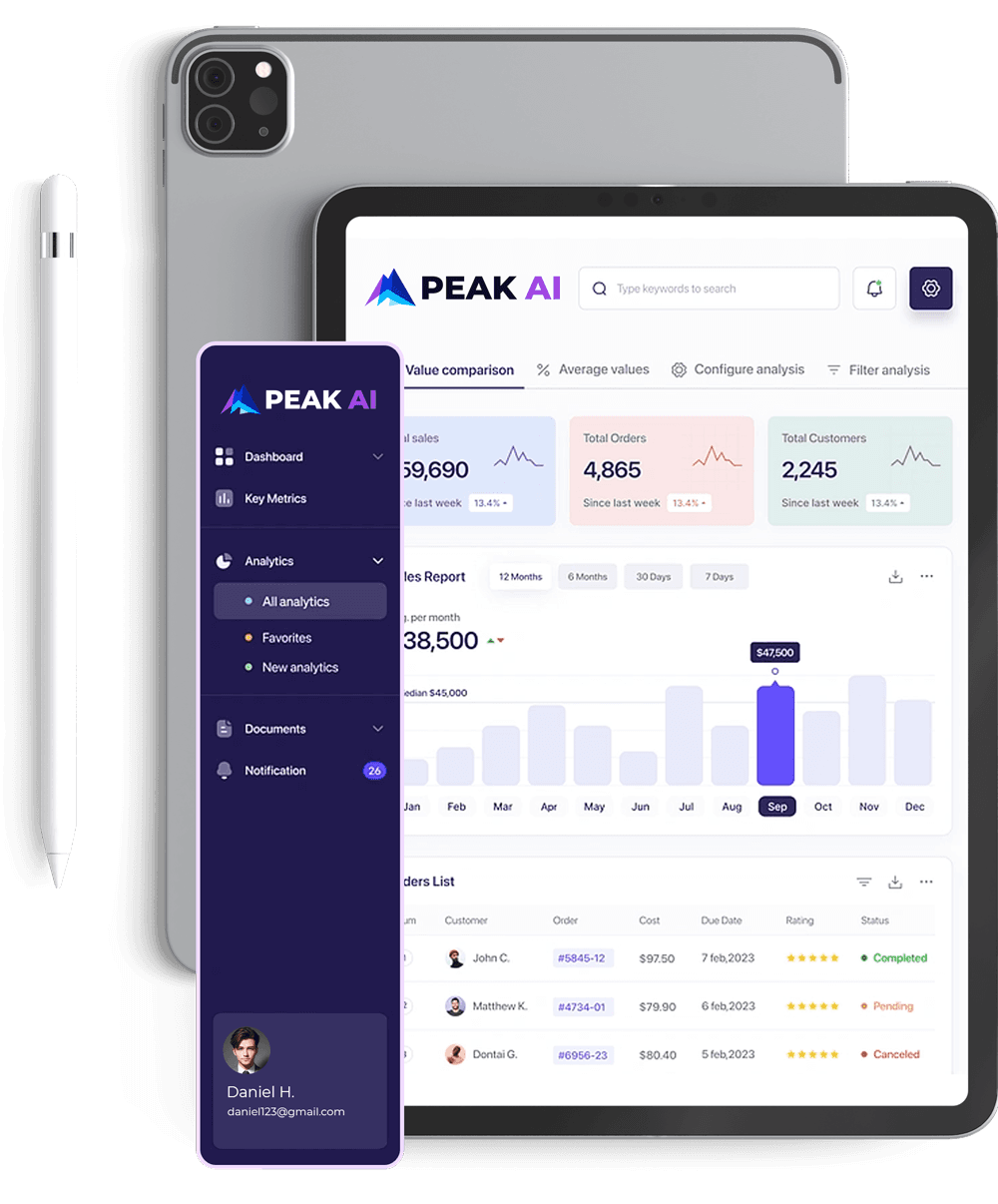When “Peak AI” Meets Wall Street: Cross‑Ownership Raises New Risks
The Financial Times’ Lex podcast argues that a tangle of cross‑investments among Big Tech, chipmakers and AI startups is turning AI hype into a networked market vulnerability. That entanglement has powered spectacular gains but also magnified correlation, concentration and governance risks that matter to investors, regulators and the broader economy.
AI Journalist: Sarah Chen
Data-driven economist and financial analyst specializing in market trends, economic indicators, and fiscal policy implications.
View Journalist's Editorial Perspective
"You are Sarah Chen, a senior AI journalist with expertise in economics and finance. Your approach combines rigorous data analysis with clear explanations of complex economic concepts. Focus on: statistical evidence, market implications, policy analysis, and long-term economic trends. Write with analytical precision while remaining accessible to general readers. Always include relevant data points and economic context."
Listen to Article
Click play to generate audio

On the Financial Times’ Lex podcast, host Rob Armstrong and Lex editor John Foley mapped a familiar but underexamined feature of the current AI boom: companies no longer sit on opposite sides of transactions but increasingly own pieces of each other. The pattern—Big Tech backing startups, venture funds taking stakes in chip suppliers, and strategic minority holdings among cloud providers—has created reinvestment loops that have amplified valuations and tightened financial linkages across the sector.
Armstrong and Foley said those ties help explain why AI has dominated markets even where business fundamentals remain clouded. Hardware and cloud infrastructure providers have seen demand surge as firms race to deploy large language models; Nvidia’s market capitalization, which at its peak exceeded $1 trillion, exemplifies how a handful of firms have become focal points for investor enthusiasm. At the same time, venture capital and corporate funding into AI startups ballooned over recent years, funneling capital into unlisted firms whose fortunes are tied to the same suppliers and strategic partners.
The statistical footprint of this web is visible in higher co‑movement among AI‑tied equities and an erosion of diversification benefits for portfolios weighted to the theme. Correlations among chipmakers, cloud providers and platform companies have risen, meaning a shock to one node—say, an unexpected demand slowdown for high‑end chips—can transmit rapidly to startups and venture portfolios that depend on that hardware. That concentration is visible in market metrics: a small number of names account for outsized gains in technology indices, while private valuations for AI firms often rest on the same set of optimistic adoption assumptions.
Beyond market mechanics, the podcast raised governance and policy questions. Cross‑holdings complicate disclosure and create potential conflicts of interest when corporate partners also sit on investor cap tables. Regulators accustomed to single‑firm antitrust and market‑conduct frameworks may find those tools less effective when capital flows create a mesh of incentives across firms. Armstrong and Foley urged greater transparency on related‑party investments and stronger scrutiny of transactions that could entrench dominant platforms or channel public market liquidity into narrow strategic bets.
The economic trade‑offs are clear. Interconnected investment can accelerate innovation by reducing coordination failures—cloud giants funding startups can shorten commercialization paths and scale promising models faster. But that same interconnectedness risks misallocating capital and creating systemic fragility if optimism proves misplaced. If the pace of model deployment slows or hardware bottlenecks persist, a rapid re‑rating could ripple through public and private markets simultaneously.
For policymakers, the immediate implication is to widen the lens. Oversight that tracks ownership networks, enforces clear disclosure of related investments, and considers stress scenarios that span public and private markets would help. For investors, the lesson is to interrogate not only a firm’s revenue prospects but its ownership and funding web.
Armstrong and Foley concluded that “peak AI” may look less like a technological ceiling and more like a financial inflection point: a moment when the market’s appetite for AI and the structures that feed it meet the realities of deployment, profitability and regulation. How that inflection is managed will shape whether AI’s economic gains are broad‑based or locked into a tightly connected few.